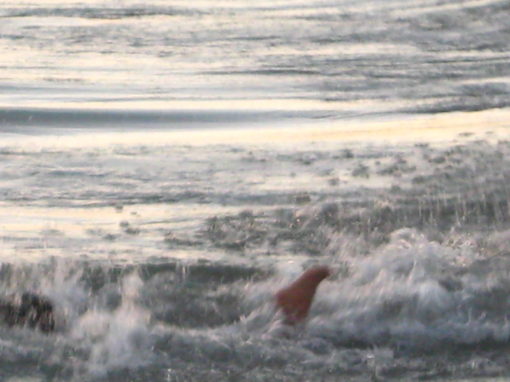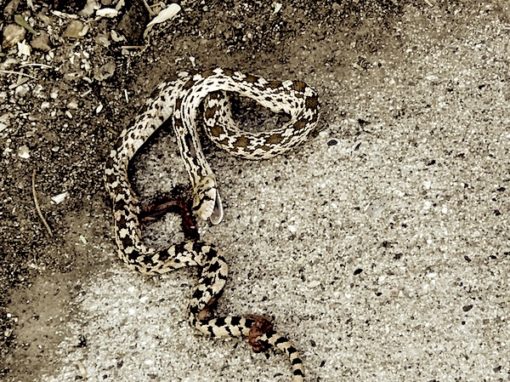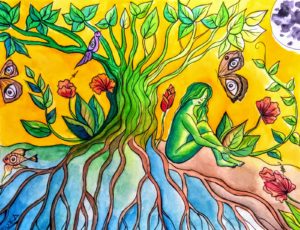
“Where do you live, exactly?”
“We’re living in a commune. Sort of.”
“What do you mean, a commune?” My mother pries.
“Well, it’s a community of little houses- casitas– on a slice of land. The river runs through the backyard. There’s a treehouse, and we have chicken, geese, ducks, cuy—”
“What’s a cuy?”
“Guinea pig.”
“Oh.” Pause. “Will you eat them?”
“I don’t think so, although Zach and Ben want to figure out how to cook them. But apparently they’re difficult to de-intestine. Is that even a word? I don’t know. But we haven’t cooked any yet. We also have rabbits, dogs, and roosters.”
“And remind me, who is Ben again?”
“Ben and Bibi, his Colombian wife, live in one of the casitas. Bibi’s brother Frank will live in another. There’s another couple with a giant Lassie dog and the owners, Rolando and Elisabeth. We’re all on the property together. It definitely doesn’t feel too lonely, even though we are far from the city–forty-five minutes on bike, or thirty on bus. But we are creating this vibrant community life here.”
This is how Cuenca, Ecuador began to feel like home. The casita in which I lived with Zach, my partner at the time, was one of five houses on a property that runs along the river. Which river? I wasn’t ever entirely sure, as different people had different names, but I think it’s called the Paute River. If you go on the bike path past Parque Paraiso, when the Yanuncay and Tomebamba rivers converge into one, and ride about twenty more minutes east, you might find it. It’s also a thirty-minute bus ride away from the center- the reliable number 28.
For me, it was as if I had stepped into a postcard of farm life, Laura Ingalls Wilder style, without all of the white supremacy and racism directed toward indigenous peoples. Although, I suppose there was a similar whiteness as three of the five of us were American immigrants moving into a South American landscape. However, we were very aware of our place in the fabric of life: we were learning, the perpetual students. Though this vision had whispered to Zach and his friends for some years, I hadn’t grown up with a green thumb, index finger, or pinky.

I grew up in Evanston, IL, a suburb of Chicago where I did get to run barefoot and climb trees, but my Barbies and the box of my mom’s old dresses and my swing set were my refuges. I haven’t always been interested in living immersed in nature, but it’s become a theme as of late. I love hiking and camping and sleeping beneath the stars, horseback rides and nude swimming sessions and my bare feet on the earth, but I don’t know how to kill off milky fungus from tomato plants or why I shouldn’t garden shoeless (parasites). My personal record, as found in the memories of my mother, shows I’d never kept flowers alive for long, or never felt a desire to carry a Bonsai tree with me on airplanes (my sister does this).
But there has been, for sometime now, a slight tug of an idea hidden beneath the chaos of everyday life. This adventure, moving down to Ecuador, I place I would call home for two years, was the starting point. After working in inner city public schools in Phoenix for a few years after undergrad, I had often imagined a nature retreat as my idyllic teacher escape: a wooden cabin by a river with a goat. I have, as I’m sure you can imagine, zero milking skills, but I do possess a deep love for goat cheese. I also imagined a stone-encrusted fireplace, Land’s End fuzzy slippers, and an endless supply of books.
Moving to Ecuador in late 2015 was the first step of this unfolding adventure. It was, and is, a place tucked inside the arteries of my heart, pumping visions of street art and songs of rooster yodels to the backbeat of a river’s pulse. There’s something awesome, in the deepest sense of the word, about riding a bike home at dusk past sentinels of Eucalyptus trees. I learned that geese can be an alarm system. As I unpack the stories of the last three years, weaving memory and image and joy and sorrow together, it has to begin in the green space that I called home for that time. Though it wouldn’t be home forever, it was home enough to ground me, to water my seeds that want to be rooted in the soil.




